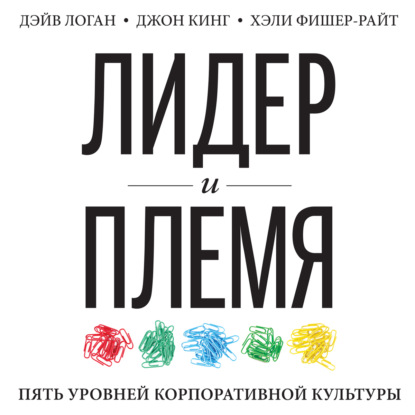В русской философии имя Владимира Соловьева значит едва ли меньше, чем имя Пушкина в русской поэзии. Это был величайший мыслитель, оказавший влияние на все последующее развитие русской философии, блестящий критик и публицист, поэт, мистик, которому, по мысли А. Блока, суждено было стать "носителем и провозвестником будущего". В книгу вошли избранные философские сочинения Вл. Соловьева: "Красота в природе", "Смысл любви" и "Три разговора о войне, прогрессе и конце всемирной истории" - итоговое произведение Соловьева, которое считается его философским завещанием; в настоящее издание включены также стихотворения разных лет и поэма "Три свидания". Это и многое другое вы найдете в книге Смысл любви (Владимир Соловьев)
Смысл любви Владимир Соловьев (книга)
Подробная информация о книге «Смысл любви Владимир Соловьев». Сайт не предоставляет возможности читать онлайн или скачать бесплатно книгу «Смысл любви Владимир Соловьев»















